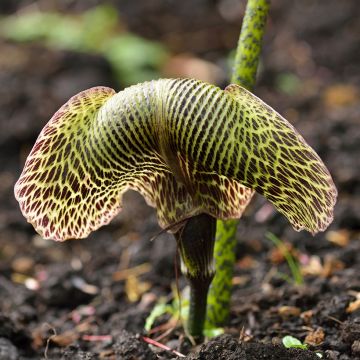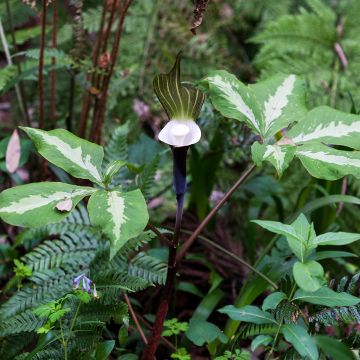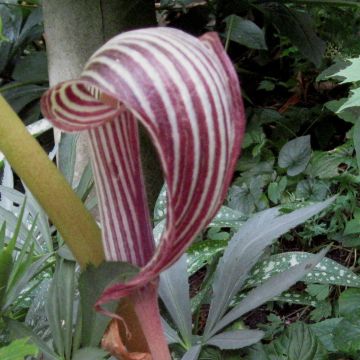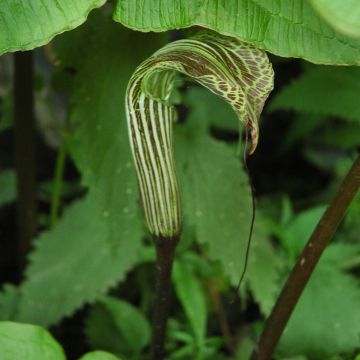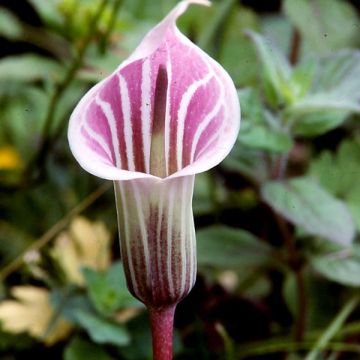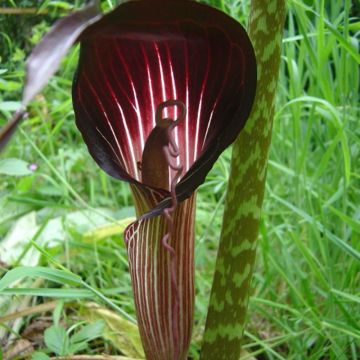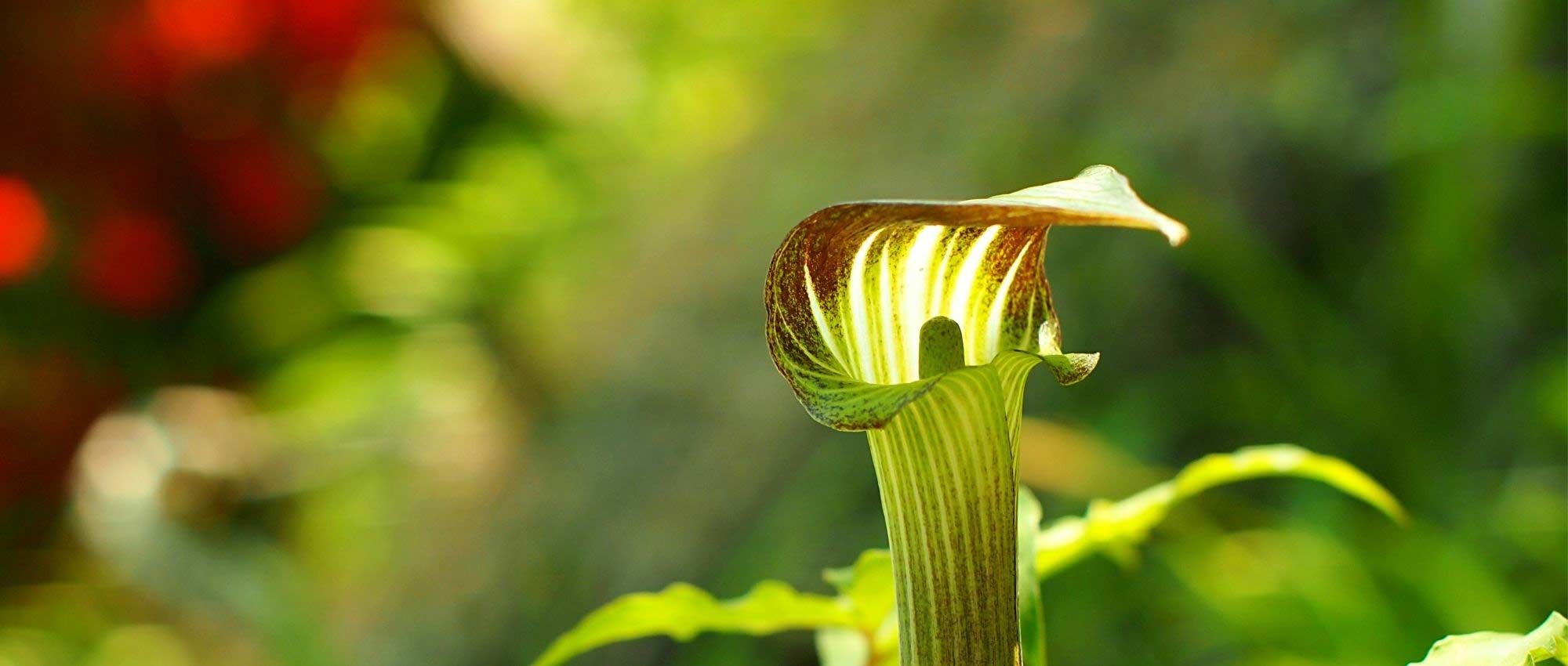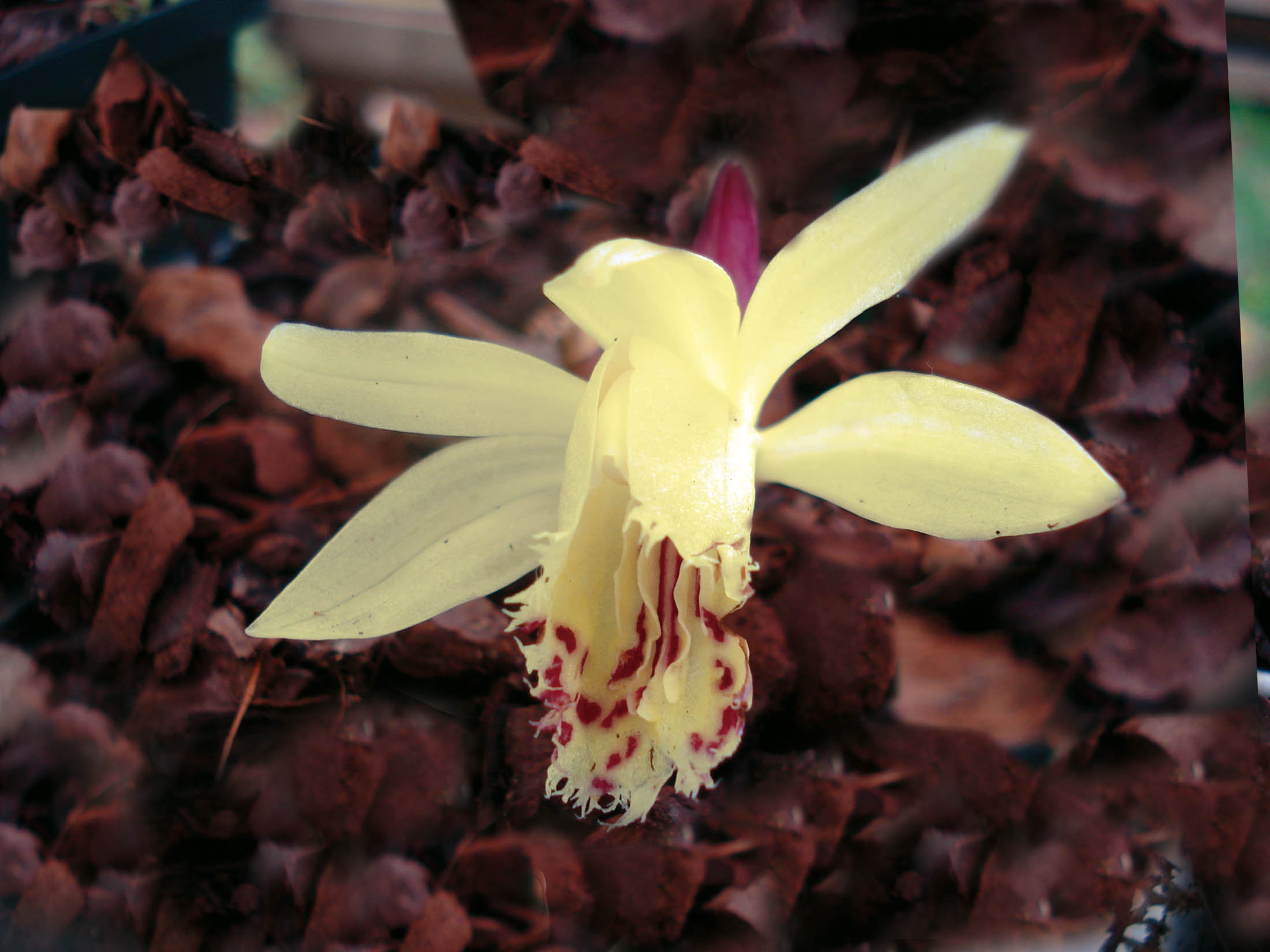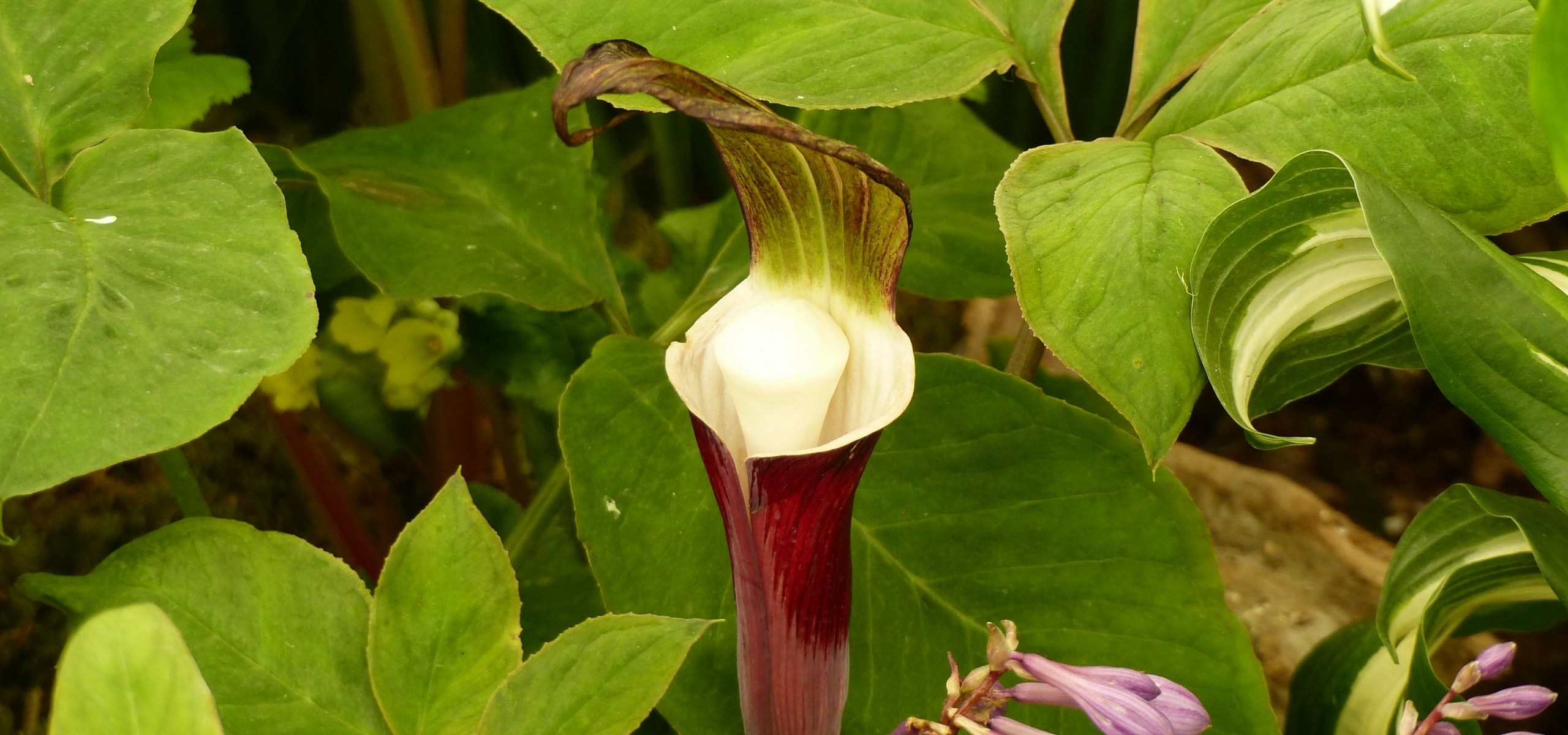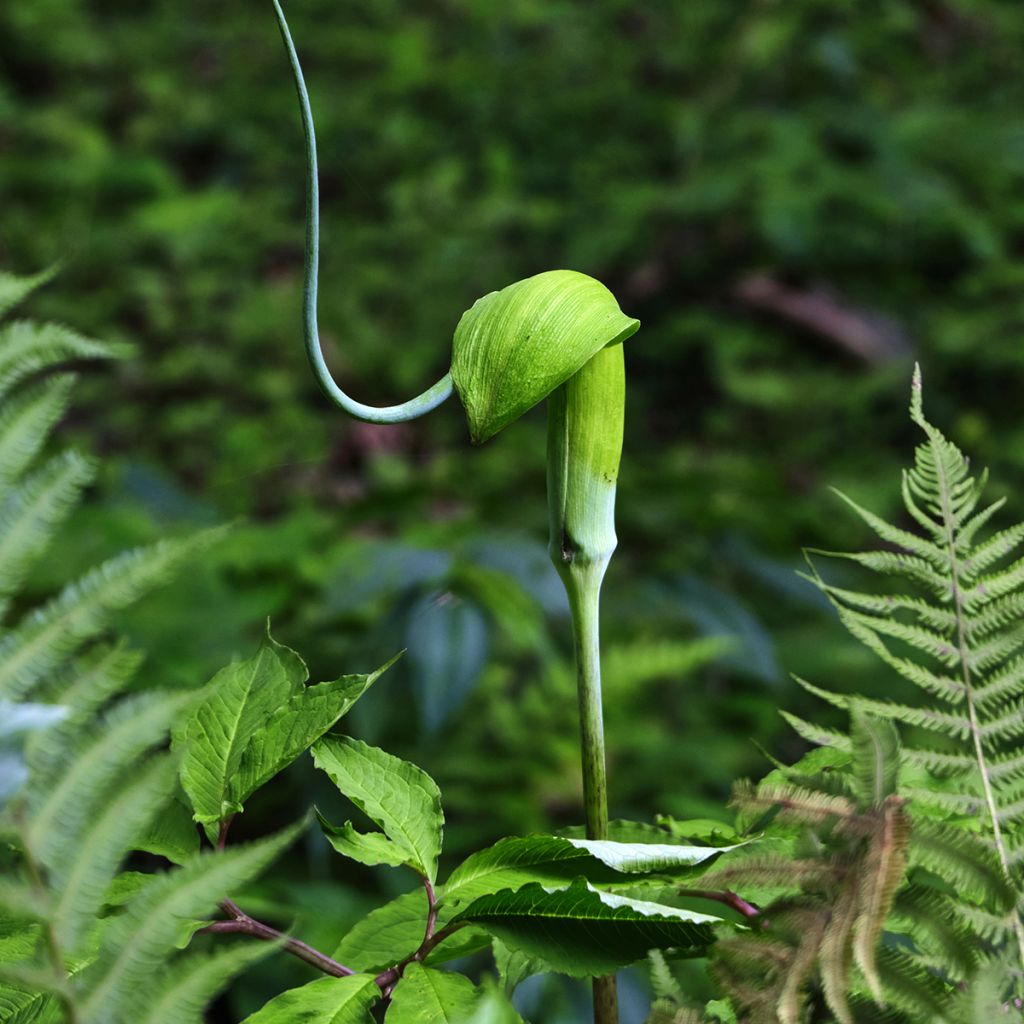

Arisaema tortuosum
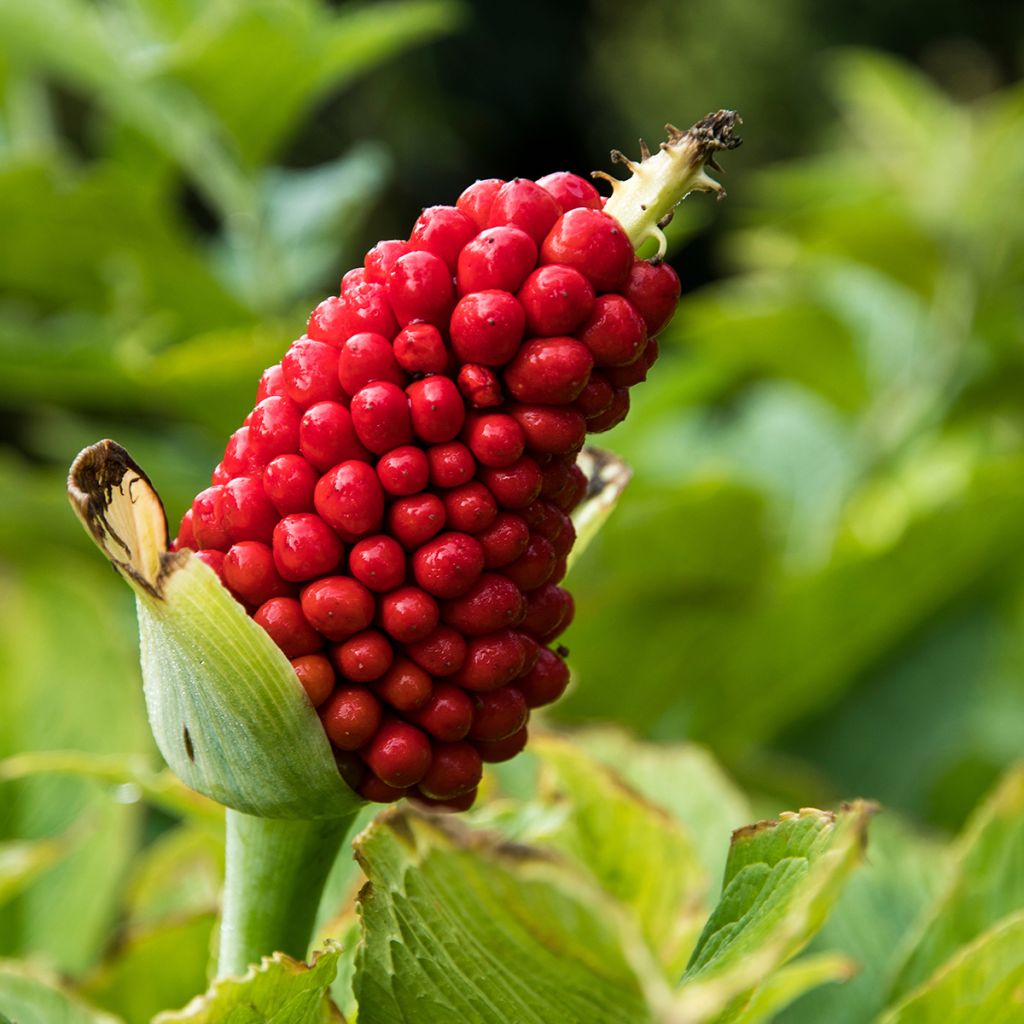

Arisaema tortuosum
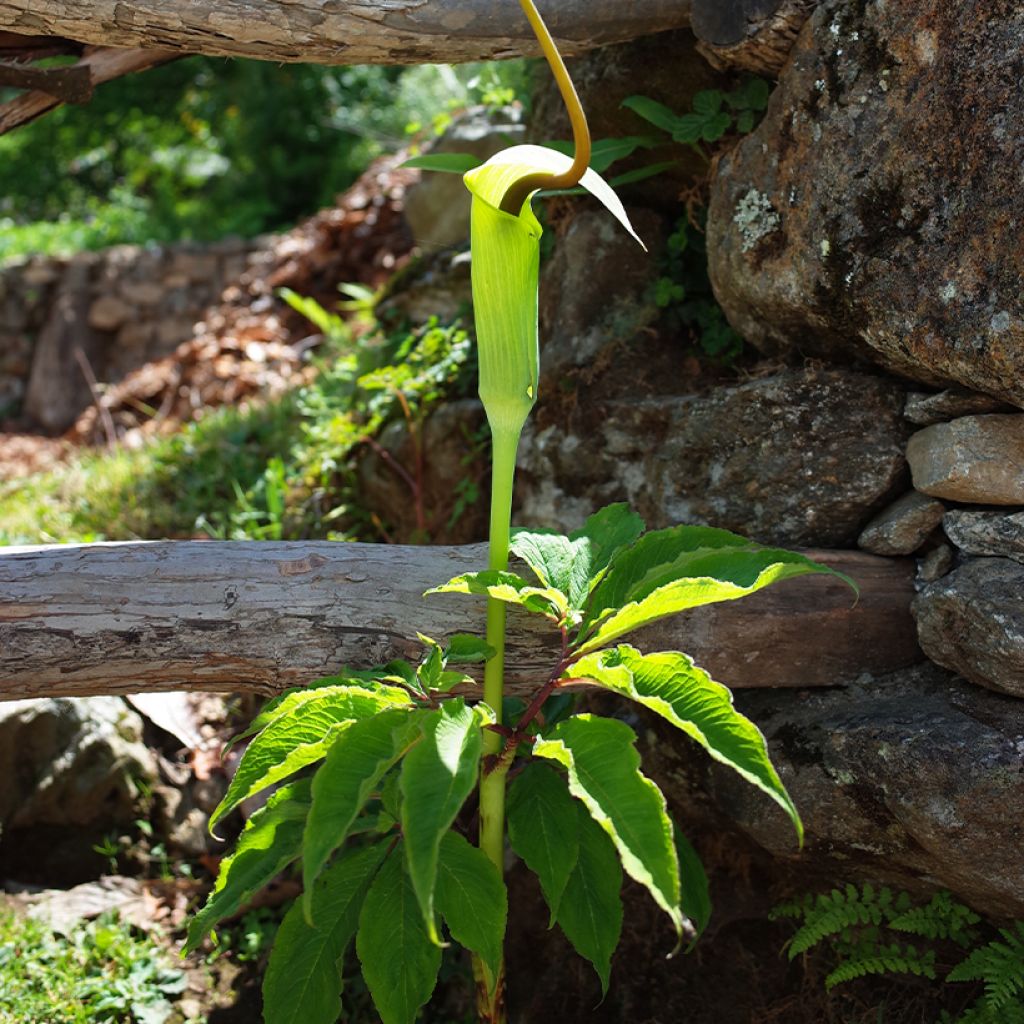

Arisaema tortuosum
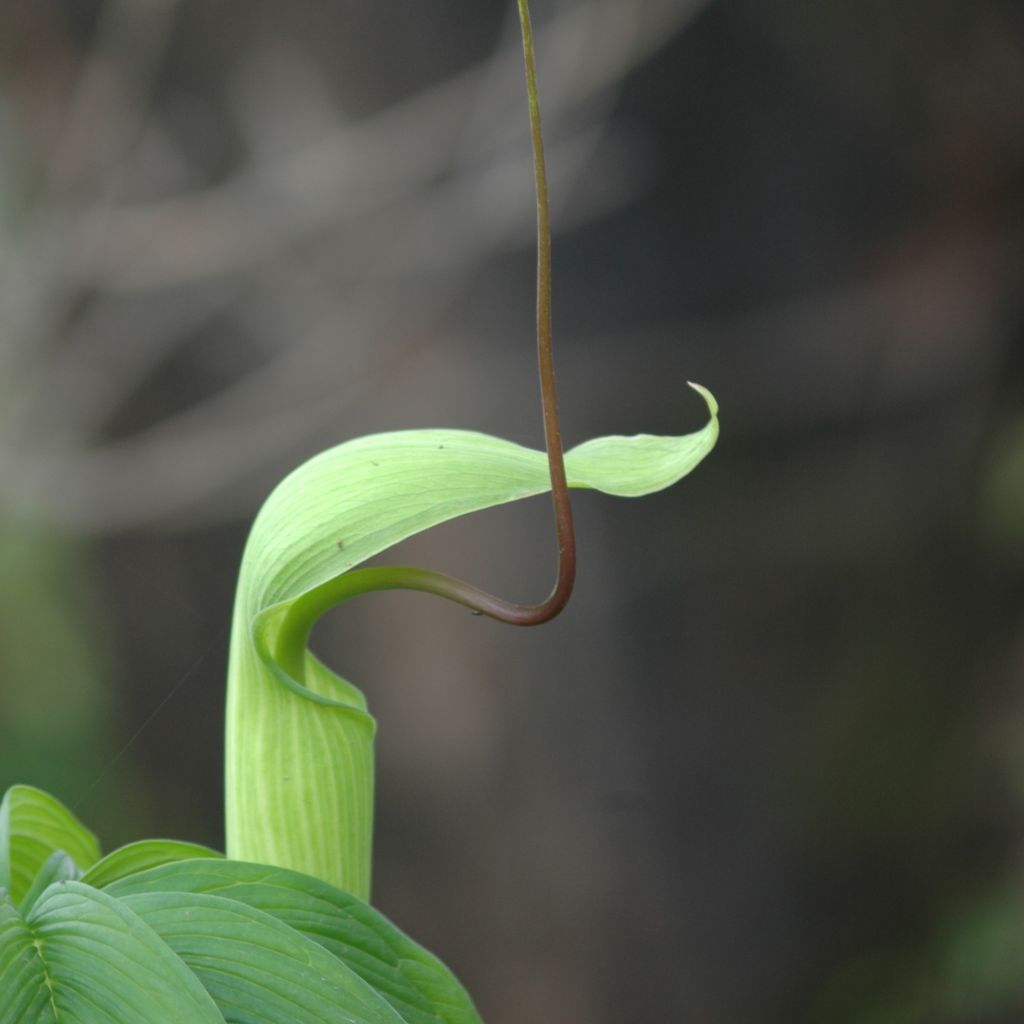

Arisaema tortuosum
Arisaema tortuosum
Arisaema tortuosum
Cobra lily
Quality bulb
Marc, 04/04/2022
Special offer!
Receive a €20 voucher for any order over €90 (excluding delivery costs, credit notes, and plastic-free options)!
1- Add your favorite plants to your cart.
2- Once you have reached €90, confirm your order (you can even choose the delivery date!).
3- As soon as your order is shipped, you will receive an email containing your voucher code, valid for 3 months (90 days).
Your voucher is unique and can only be used once, for any order with a minimum value of €20, excluding delivery costs.
Can be combined with other current offers, non-divisible and non-refundable.
Why not try an alternative variety in stock?
View all →This plant carries a 12 months recovery warranty
More information
We guarantee the quality of our plants for a full growing cycle, and will replace at our expense any plant that fails to recover under normal climatic and planting conditions.
Does this plant fit my garden?
Set up your Plantfit profile →
Description
The Arisaema tortuosum is a strange tuberous perennial native to China. In early summer, a flower head emerges between two large arched leaves, resembling a "snake's head" in apple green colour, similar to our woodland arums but taller and more spectacular. As an understory plant, it thrives in cool environments and humus-rich, well-drained soils. Despite its exotic appearance, it is easy to cultivate and adapt well to moderately warm climates.
Arisaema tortuosum belongs to the Araceae family, just like Zantedeschia (white arums) and the native cuckoo pint of our forests. It is found in southwest China and neighbouring countries (Bhutan, Nepal), in woodlands, on rocky slopes, and along stream banks at altitudes between 1300 and 2900 metres (4265 and 9514 feet). It is a perennial with a flat tuberous stump, which may resemble cyclamen tubers but with a less smooth surface. In late spring, this tuber produces two bright green leaves, called "pedate" leaves, shaped like a curved bicycle handlebar with 7-9 lobes. They are carried on long rigid petioles, nested within each other, forming an erect stem-like structure. Under suitable conditions and depending on the plant's origin, the entire structure can reach a height of 60 cm (24in) to 1.20 m (4ft). In early summer, shortly after, a curious cornet-like flowering structure appears between the leaves. Like most plants in this botanical family, it is a flower head composed of a green apple-coloured 10 cm (4in) spathe surrounding a central stalk (spadix) that contains tiny flowers. In Arisaema tortuosum, this purple or green spadix curves upwards and can exceed 20 to 30 cm (8 to 12in) in length (which also gives it its Latin name, meaning "twisted, tortuous"). This cornet, like all Arisaema plants, can also resemble a snake's head with a protruding tongue, hence their common name, "cobra plant". Sometimes, in the presence of multiple plants, small berries form and can disperse the plant through self-sowing. As soon as fruiting is complete, the entire plant enters a dormant phase and completely disappears until the following spring.
Arisaema tortuosum, despite its exotic appearance, is perfectly hardy (down to at least -15°C (5°F)) and easy to grow, so it poses no problem even in cool climates. However, it does not thrive in hot and dry environments, which restricts its size and causes it to enter dormancy quickly. Provide a shady or semi-shady location in good, rich, humus-rich garden soil that is not too heavy. Adding dead leaves to the plant each year can be beneficial as it provides a layer of mulch. It's best to avoid planting in windy locations as it can cause the stem to bend or break. However, under normal conditions, staking is not required, mainly when other low-growing perennials or bushes surround the plant. Since the leaves emerge late, mark the plant's location to avoid accidentally digging it up at the beginning of the season.
As the cobra plant disappears in summer, you can place it under deciduous trees, which will only start drawing water from the soil once it has gone dormant. Combine it with other exotic-looking perennials to create a stunning, contrasting, yet perfectly hardy border: Kirengeshoma palmata, Boehmeria biloba, Corydalis 'Porcelain Blue', Hosta 'Halcyon', or even Decaisnea fargesii among the bushes, will provide excellent company to this underrated perennial.
Arisaema tortuosum in pictures
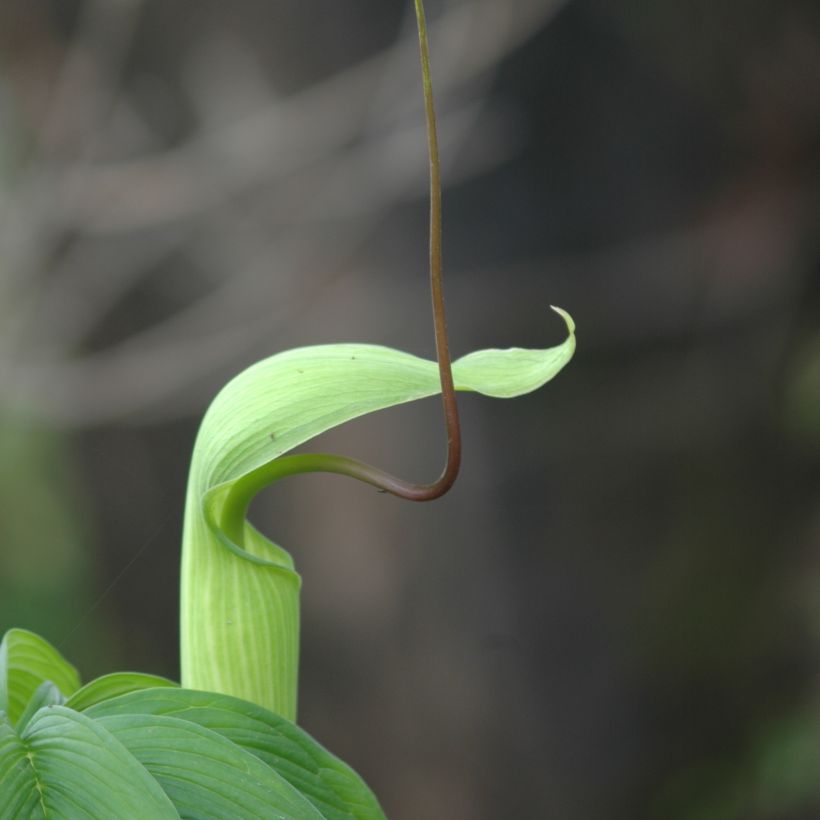



Flowering
Foliage
Plant habit
Botanical data
Arisaema
tortuosum
Araceae
Cobra lily
China
Planting and care
Arisaema plants prefer cool to moist climates and partial shade. They thrive in fresh, humus-rich soil and can tolerate well-drained clay soils during winter. While they appreciate humidity in spring and summer, they are susceptible to it in winter. To protect them from the cold, it's recommended to leave dead leaves (20cm or 8in) on the base, which also provides the humus they need.
Planting period
Intended location
Care
Planting & care advice
-
, onOrder confirmed
Reply from on Promesse de fleurs
Haven't found what you were looking for?
Hardiness is the lowest winter temperature a plant can endure without suffering serious damage or even dying. However, hardiness is affected by location (a sheltered area, such as a patio), protection (winter cover) and soil type (hardiness is improved by well-drained soil).

Photo Sharing Terms & Conditions
In order to encourage gardeners to interact and share their experiences, Promesse de fleurs offers various media enabling content to be uploaded onto its Site - in particular via the ‘Photo sharing’ module.
The User agrees to refrain from:
- Posting any content that is illegal, prejudicial, insulting, racist, inciteful to hatred, revisionist, contrary to public decency, that infringes on privacy or on the privacy rights of third parties, in particular the publicity rights of persons and goods, intellectual property rights, or the right to privacy.
- Submitting content on behalf of a third party;
- Impersonate the identity of a third party and/or publish any personal information about a third party;
In general, the User undertakes to refrain from any unethical behaviour.
All Content (in particular text, comments, files, images, photos, videos, creative works, etc.), which may be subject to property or intellectual property rights, image or other private rights, shall remain the property of the User, subject to the limited rights granted by the terms of the licence granted by Promesse de fleurs as stated below. Users are at liberty to publish or not to publish such Content on the Site, notably via the ‘Photo Sharing’ facility, and accept that this Content shall be made public and freely accessible, notably on the Internet.
Users further acknowledge, undertake to have ,and guarantee that they hold all necessary rights and permissions to publish such material on the Site, in particular with regard to the legislation in force pertaining to any privacy, property, intellectual property, image, or contractual rights, or rights of any other nature. By publishing such Content on the Site, Users acknowledge accepting full liability as publishers of the Content within the meaning of the law, and grant Promesse de fleurs, free of charge, an inclusive, worldwide licence for the said Content for the entire duration of its publication, including all reproduction, representation, up/downloading, displaying, performing, transmission, and storage rights.
Users also grant permission for their name to be linked to the Content and accept that this link may not always be made available.
By engaging in posting material, Users consent to their Content becoming automatically accessible on the Internet, in particular on other sites and/or blogs and/or web pages of the Promesse de fleurs site, including in particular social pages and the Promesse de fleurs catalogue.
Users may secure the removal of entrusted content free of charge by issuing a simple request via our contact form.
The flowering period indicated on our website applies to countries and regions located in USDA zone 8 (France, the United Kingdom, Ireland, the Netherlands, etc.)
It will vary according to where you live:
- In zones 9 to 10 (Italy, Spain, Greece, etc.), flowering will occur about 2 to 4 weeks earlier.
- In zones 6 to 7 (Germany, Poland, Slovenia, and lower mountainous regions), flowering will be delayed by 2 to 3 weeks.
- In zone 5 (Central Europe, Scandinavia), blooming will be delayed by 3 to 5 weeks.
In temperate climates, pruning of spring-flowering shrubs (forsythia, spireas, etc.) should be done just after flowering.
Pruning of summer-flowering shrubs (Indian Lilac, Perovskia, etc.) can be done in winter or spring.
In cold regions as well as with frost-sensitive plants, avoid pruning too early when severe frosts may still occur.
The planting period indicated on our website applies to countries and regions located in USDA zone 8 (France, United Kingdom, Ireland, Netherlands).
It will vary according to where you live:
- In Mediterranean zones (Marseille, Madrid, Milan, etc.), autumn and winter are the best planting periods.
- In continental zones (Strasbourg, Munich, Vienna, etc.), delay planting by 2 to 3 weeks in spring and bring it forward by 2 to 4 weeks in autumn.
- In mountainous regions (the Alps, Pyrenees, Carpathians, etc.), it is best to plant in late spring (May-June) or late summer (August-September).
The harvesting period indicated on our website applies to countries and regions in USDA zone 8 (France, England, Ireland, the Netherlands).
In colder areas (Scandinavia, Poland, Austria...) fruit and vegetable harvests are likely to be delayed by 3-4 weeks.
In warmer areas (Italy, Spain, Greece, etc.), harvesting will probably take place earlier, depending on weather conditions.
The sowing periods indicated on our website apply to countries and regions within USDA Zone 8 (France, UK, Ireland, Netherlands).
In colder areas (Scandinavia, Poland, Austria...), delay any outdoor sowing by 3-4 weeks, or sow under glass.
In warmer climes (Italy, Spain, Greece, etc.), bring outdoor sowing forward by a few weeks.






























